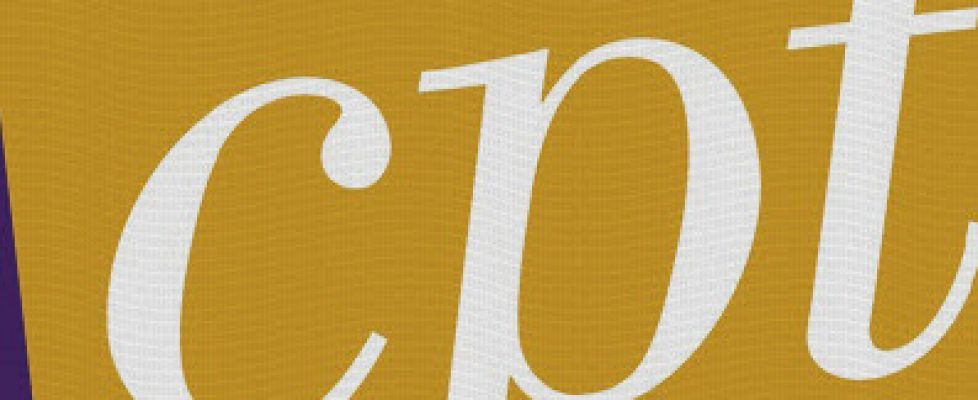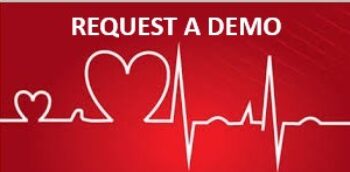The Chronic Care Management (CCM) – Remote Patient Monitoring (RPM) – Reimbursement Guide – Coverage Year 2020
CMS has released its final rule for the 2020 Physician’s Fee Schedule.
We have previously covered how one can set up a chronic care management program in 5 steps. We have also covered the available CPT codes that can be used to bill for chronic care management, which also includes remote patient monitoring. If you want a condensed version of all that,
The great news is none of the existing CPT codes have been modified for 2020! So a provider organization or practice can use those codes to finance their CCM and RPM programs. Especially those who have not gotten into the habit of using those CPT codes, now would be the time, as they have remained the same for the next year. So this 2019 Reimbursement Guide is still applicable, which covers both Chronic Care Management (CCM) and Remote Patient Monitoring (RPM). It will allow you to better understand the nature of those two programs. But to see exactly what changes have been made, and what it means for the reimbursement amounts for 2020, see this guide.
For a more detailed breakdown of that guide, keep on reading.
The only changes that have happened for 2020 are the inclusion of other codes to bill extra periods of time worked on a patient and making the RPM codes furnishable via general supervision. It was only possible to furnish them via direct supervision prior.
Both changes are extremely beneficial. First, they do not displace any existing codes, thus organizations and clinicians alike do not need to relearn anything. The only thing they need to do is start familiarizing themselves with the existing CPT codes(as found on the reimbursement guide), and begin using them.
Second, the new changes make it easier to implement the codes because of a more relaxed stance on supervision. They also allow more options when providing care as far as the time allotted to patient goes. We cover the changes below. Going forward in 2020, one can bookmark this page to see all CPT codes that are available to them (existing ones and new ones included).
2020 Reimbursement Scenarios
Before covering all reimbursement scenarios, let’s cover some definitions first.
General Supervision: “General supervision means when the service is not personally performed by the billing practitioner, it is performed under his or her overall direction and control although his or her physical presence is not required”.
Qualified Healthcare Professionals (QHP): “A qualified healthcare professional is an individual who is qualified by education, training, and licensure/regulation and/or facility privileges (when applicable) who performs a professional service within his or her scope of practice, and independently reports that professional service.”
Examples of QHPs who can bill for CCM: Physician Assistants, Nurse Practitioners, Clinical Nurse Specialists and Certified Nurse-Midwives.
Clinical Staff: “A clinical staff member is a person who works under the supervision of a physician or other qualified health care professional and who is allowed by law, regulation and facility policy to perform or assist in the performance of a specified professional service but who does not individually report that professional service.”
Examples of clinical staff: Licensed practical nurses, medical assistants, and registered nurses.
Looking at the language of how everything is framed, there seem to be two general options available for reimbursement strategies. 1)With Clinical Staff 2) Without Clinical Staff. Hiring clinical staff is obviously an expense that must be considered. It especially makes sense when there is a large number of patients involved.
If you Have Clinical Staff
1st Year
*Optional Codes dependent on if the patient requires more time.
G0438 initial visit ($164)- For new first-time patients who have been enrolled with Medicare for more than one year.
CPT 99490 ($42 for non-facility/ $32 for facility) “Chronic care management services, at least 20 minutes of clinical staff time directed by a physician or other qualified health care professional, per calendar month. Assumes 15 minutes of work by the billing practitioner per month.”
*G2058 ($38 for non-facility/ $29 for facility )(reportable a maximum of two times within a given service period for a given beneficiary) – “Chronic care management services, each additional 20 minutes of clinical staff time directed by a physician or other qualified health care professional, per calendar month.”
CPT code 99453 ($19): “Remote monitoring of physiologic parameter(s) (e.g, weight, blood pressure, pulse oximetry, respiratory flow rate), initial; set-up and patient education on use of equipment.”
CPT code 99454 ($64): “Device(s) supply with daily recording(s) or programmed alert(s) transmission, each 30 days.”
CPT code 99457($52 for non-facility/ $32 for facility): “Remote physiologic monitoring treatment management services, 20 minutes or more of clinical staff/physician/other qualified healthcare professional time in a calendar month requiring interactive communication with the patient/caregiver during the month.”
*CPT code 99458 ($42 for non-facility/$26 for facility): “Remote physiologic monitoring treatment management services, clinical staff/physician/other qualified health care professional time in a calendar month requiring interactive communication with the patient/caregiver during the month; additional 20 minutes.”
Minimum Annual Revenue Per Patient= $[164+(42 x 12) + 19+ (64 x 12) +(52 x 12)]= $2079
For 40 minutes of general supervision monthly.
Revenue will increase if a patient needs more time.
2nd Year
Everything remains the same except G0438 is switched with G0439, and there is no need for CPT99453 as set up is already done.
G0439 subsequent visit ($109)- For returning patients who have had the AWV before. A patient is only eligible for a subsequent visit a year after the initial visit.
Minimum Annual Revenue Per Patient= $[109+(42 x 12) + (64 x 12) +(52 x 12)]= $2005
For 40 minutes of general supervision monthly.
Revenue will increase if a patient needs more time.
If you Don’t Have Clinical Staff
1st Year
*Optional Codes dependent on if the patient requires more time.
G0438 initial visit ($164)- For new first-time patients who have been enrolled with Medicare for more than one year.
CPT 99491($84 for non-facility and facility) “Chronic care management services, provided personally by a physician or other qualified health care professional, at least 30 minutes of physician or other qualified health care professional time, per calendar month.”
*G2058($38)( reportable a maximum of two times within a given service period for a given beneficiary) – “Chronic care management services, each additional 20 minutes of clinical staff time directed by a physician or other qualified health care professional, per calendar month.”
CPT code 99091($58 for non-facility and facility): “Collection and interpretation of physiologic data (e.g. ECG, blood pressure, glucose monitoring) digitally stored and/or transmitted by the patient and/or caregiver to the physician or other qualified healthcare professional, qualified by education, training, licensure/regulation (when applicable) requiring a minimum of 30 minutes of time, each 30 days.”
*CPT code 99458 ($42): “Remote physiologic monitoring treatment management services, clinical staff/physician/other qualified health care professional time in a calendar month requiring interactive communication with the patient/caregiver during the month; additional 20 minutes.”
Minimum Annual Revenue Per Patient= $[164+(84 x 12) + (58 x 12)]= $1868
For 60 minutes of work monthly.
Revenue will increase if a patient needs more time.
2nd Year
Everything remains the same except G0438 is switched with G0439.
G0439 subsequent visit ($109)- For returning patients who have had the AWV before. A patient is only eligible for a subsequent visit a year after the initial visit.
Minimum Annual Revenue Per Patient= $[109+(84 x 12) + (58 x 12)]= $1813
For 60 minutes of work monthly.
Revenue will increase if a patient needs more time.
Besides the choice of operating with or without clinical staff, there is another great fork in the road which shapes your strategy.
It is the complexity of the patient cases. Again, by the way, the language is structured in the CMS rule book, it is apparent that there is a difference between low complexity cases (non-complex CCM), and moderate to high complexity cases (complex CCM).
The complexity of the case is determined by the number of problem points and data points.
| Overall MDM | Problem Points | Data Points | Risk |
| Straightforward Complexity | 1 | 1 | Minimal |
| Low complexity | 2 | 2 | Low |
| Moderate Complexity | 3 | 3 | Moderate |
| High Complexity | 4 | 4 | High |
(Taken from EM University, 2019)
Our 2020 Reimbursement guide considers both the staffing situation and the complexity of care when coming out with different care scenarios. Download it.
Get Started!
We can help get you up and running – or customize aTouchAway for your organization. Just get in touch!


